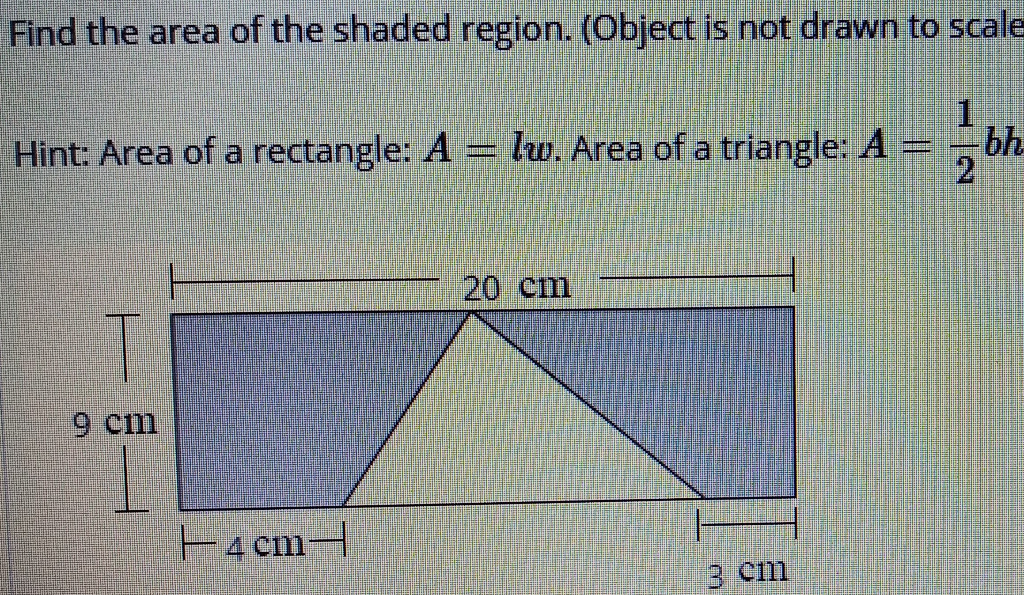

If we divide the circumference of any circle by its diameter, we end up with a constant number.

The two example circles below illustrate this point, where D is the diameter and C the circumference of each circle.Īgain, in each case, the circumference is slightly more than three times the diameter of the circle. As it turns out, if we measure the circumference and the diameter of any circle, we always find that the circumference is slightly more than three times the diameter. We are led to think that there is therefore some relationship between the circumference and the diameter. Obviously, as we increase the diameter (or radius) of a circle, the circle gets bigger, and hence, the circumference of the circle also gets bigger. Given an object in real life having the shape of a circle, one approach might be to wrap a string exactly once around the object and then straighten the string and measure its length. Calculating the circumference of a circle is not as easy as calculating the perimeter of a rectangle or triangle, however. Unlike triangles, rectangles, and other such figures, the distance around the outside of the circle is called the circumference rather than the perimeter-the concept, however, is essentially the same. The radius and diameter are illustrated below.Īs with triangles and rectangles, we can attempt to derive formulas for the area and "perimeter" of a circle. The distance r from the center of the circle to the circle itself is called the radius twice the radius (2 r) is called the diameter. Thus, a circle is simply the set of all points equidistant (that is, all the same distance) from a center point ( P in the example above). If we were to draw all of the (infinite number of) points that are a distance r from P, we would end up with a circle, which is shown below as a solid line.

A few of these points are illustrated below. Imagine a point P having a specific location next, imagine all the possible points that are some fixed distance r from point P. We will apply what we know about algebra to the study of circles and thereby determine some of the properties of these figures. In this article, we will consider a geometric figure that does not involve line segments, but is instead curved: the circle. O Calculate the circumference of a circle O Identify some basic parts of a circle, such as the radius and diameter


 0 kommentar(er)
0 kommentar(er)
